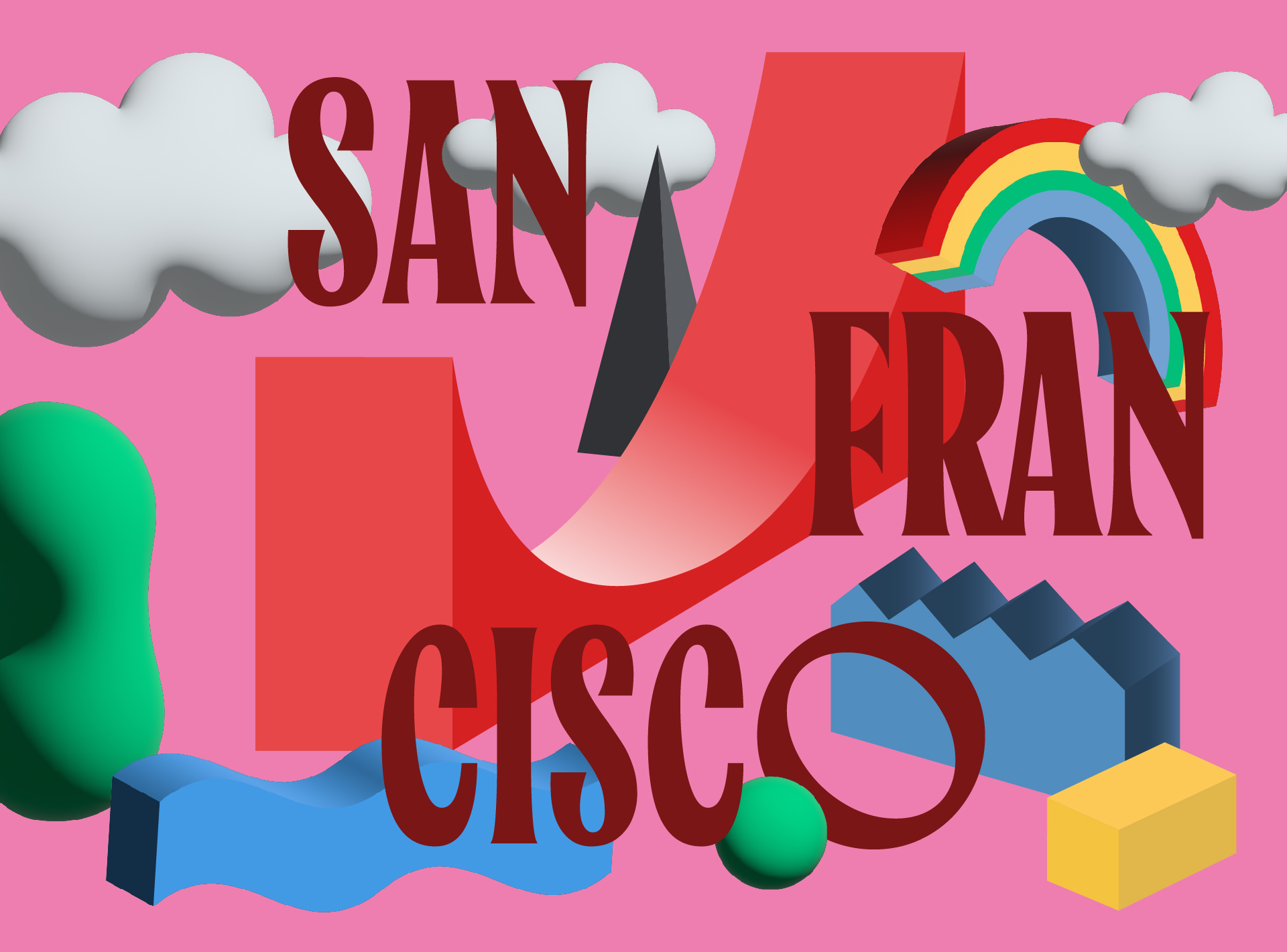San Francisco, a legendary American city with an undeniable role in the history and culture of the United States, is at a crossroads. Once synonymous with the counterculture movement, flower power and the Summer of Love, the city faces an identity crisis that mirrors the challenges facing many major US cities.
The city’s cultural heritage
Since the days of Scott McKenzie’s iconic song, San Francisco has been a symbol of openness, creativity and social progress. With a population slightly more significant than Helsinki and significantly denser, the city became a beacon for the counterculture movement of the 1960s. It was a place where people gathered to push for change, from LGBTQ+ rights to racial equality. This rich cultural heritage is still part of its DNA.
But this once thriving city now faces many challenges that threaten its essence. One of the most pressing issues is the shift to remote work, which has sapped the vitality of the city centre. Once bustling with activity, these urban centres are quiet, contributing to the city’s economic difficulties.

San Francisco’s response: A new branding campaign
To reverse these negative trends, San Francisco officials have embarked on an ambitious branding campaign. The goal is to attract new businesses to the city by tapping into its rich past while focusing on its future. Leading the charge is DNCO, a creative studio tasked with developing the city’s new image.
The core question driving the campaign is: What will make businesses want to invest in San Francisco’s future? This sharp focus on attracting business investment defines the campaign’s target audience. As with the Helsinki branding project, which involved extensive public consultation, the San Francisco initiative brought together many stakeholders. Representatives from city government, including Mayor London Breed, business giants such as GAP and Bank of America, cultural institutions such as the San Francisco Opera, and even sports teams such as the Golden State Warriors have all been involved in the project’s development.

A campaign for the future
DNCO’s campaign for San Francisco positions the city as a forward-thinking hub, rich with opportunities for future growth. However, while the campaign emphasises San Francisco’s past as a cradle of startups and progressive movements, its execution is often superficial. The city’s history of activism, from fighting for LGBTQ+ rights to tackling the AIDS crisis, is invoked, but only as a convenient backdrop to a business-focused agenda.
In contemporary marketing, words like ‘future’ and ‘freedom’ have been overused to the point of losing meaning. While the campaign aims to inspire with these concepts, the message is in danger of falling flat, feeling more like corporate propaganda than a genuine vision of progress.

Design and execution: A neutral experience
From a design perspective, the campaign offers little visual pleasure. At first glance, it appears fresh and modern, but on closer inspection, it comes across as bland and overly cautious – like a spreadsheet disguised as a branding campaign. The core visual element is the ‘dynamic diagonal’, used in everything from the logo, which replaces the letter ‘A’ in ‘San Francisco’ with a slanted line, to the video footage and website design.

These diagonal lines appear on merchandise and in animations, complemented by a colour palette of teal and dark blue to evoke a sense of ambition and forward momentum. Yet despite the impressive array of branding elements, the campaign ultimately feels anonymous – more like a template for a generic corporation than a true reflection of San Francisco’s unique spirit.

A missed opportunity for a real connection
While the sheer scale of the campaign is impressive, its impact is diminished by a lack of authentic engagement with the city’s identity. Unlike Helsinki’s successful branding project by Werklig, which resonated with residents and businesses alike, San Francisco’s campaign by DNCO feels like a hollow shell. It’s a branding exercise that could be applied to any city, for any company – an impersonal ‘ghost project’ with no soul.
This raises an important question: Is the “corporate audience” this campaign is targeting real? Or is it merely a rhetorical construct that allows decision-makers to choose the safest, most risk-averse options? If so, this may be a campaign that appeals to no one – safe, neutral and ultimately forgettable.



